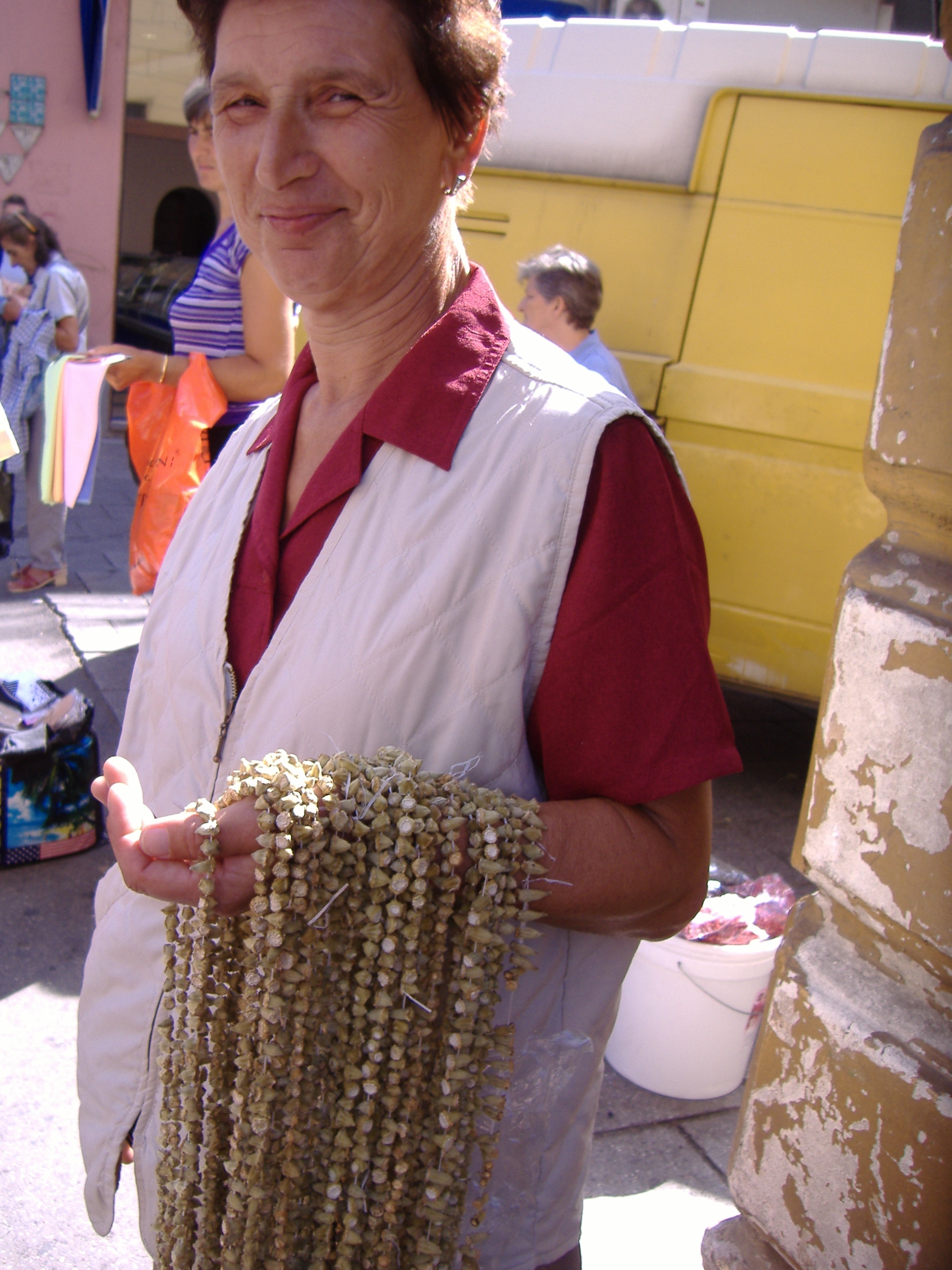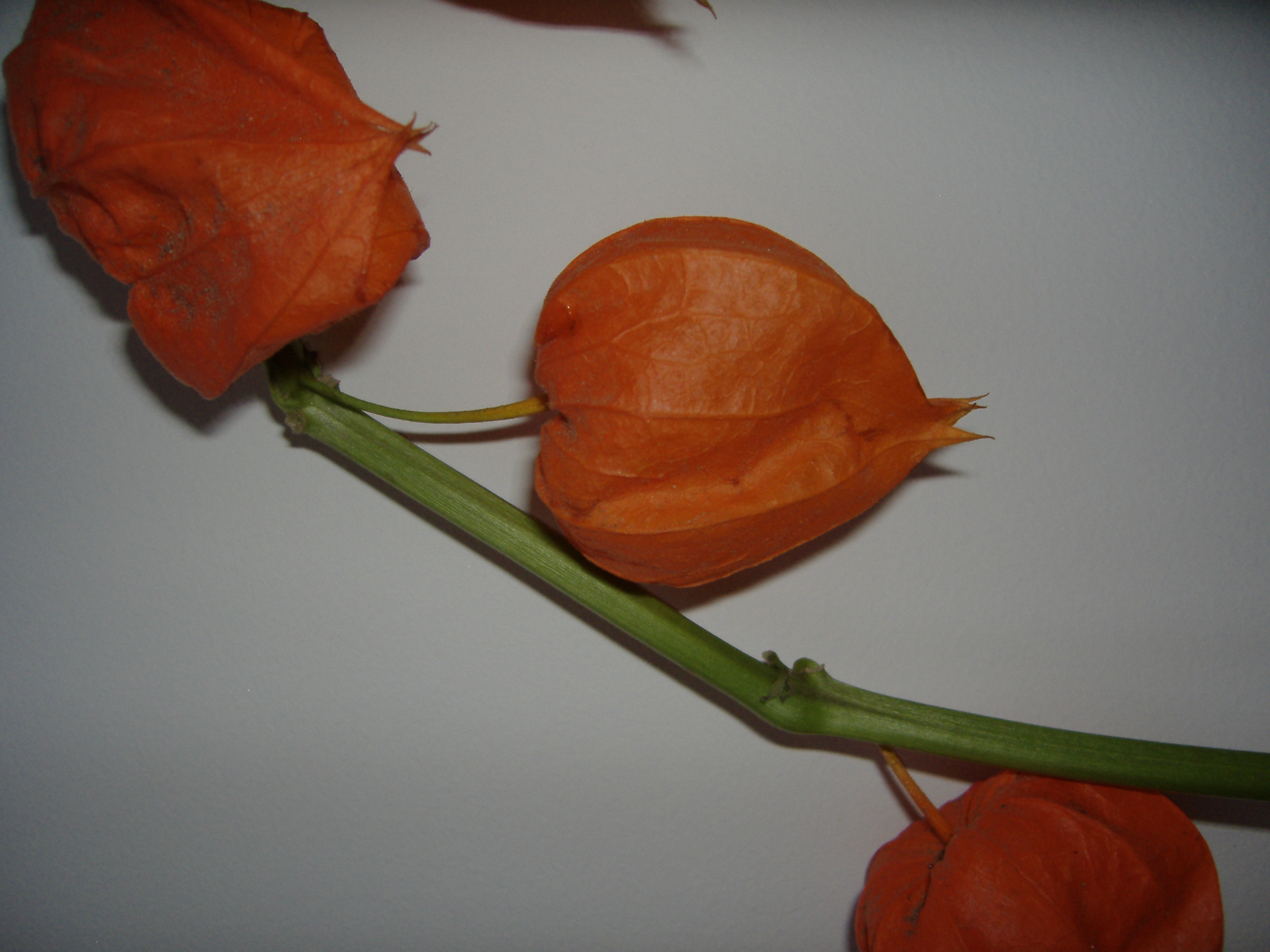Deconstructing the Chinese meal, but I’m not picking up the Chinese words. May have to get her book. Fang and Tang? Rice and the stuff used to send the rice home? School meals consist of rice and 7 or 8 vegetables at poor schools and 14 or 15 at posh private schools. Rich tastes from vegetables partially sun dried, rubbed with salt and fermented. Running through the range of things that “the average Chinese peasant” knows about. Soybeans, not good to eat but processed into a huge range of rich-tasting foods full of umami taste; flavour without meat. Whole categories not available in the west, such as water vegetables.
There is no sweet savoury divide in Chinese cuisine.
In ancient Chinese, a word for the rich was meat-eater.
There is a stigma attached to wild vegetables, partly recent because of the great famine of the 1960s. Tension. Posh urbanites go to pseudo-restaurants to eat those peasant foods. Visiting one such place, she asked whether the people ate like this all the time. Oh yes, replied the cook. No you don’t, said her host, you told me that you consider this pig food, but you’re too polite to tell Fuchsia that you consider it pig food..
Modern Buddhist restaurants serve very elaborate fake meat and fish made of vegetables.

